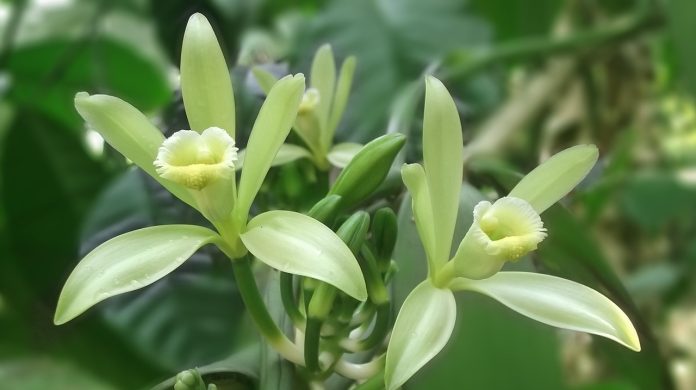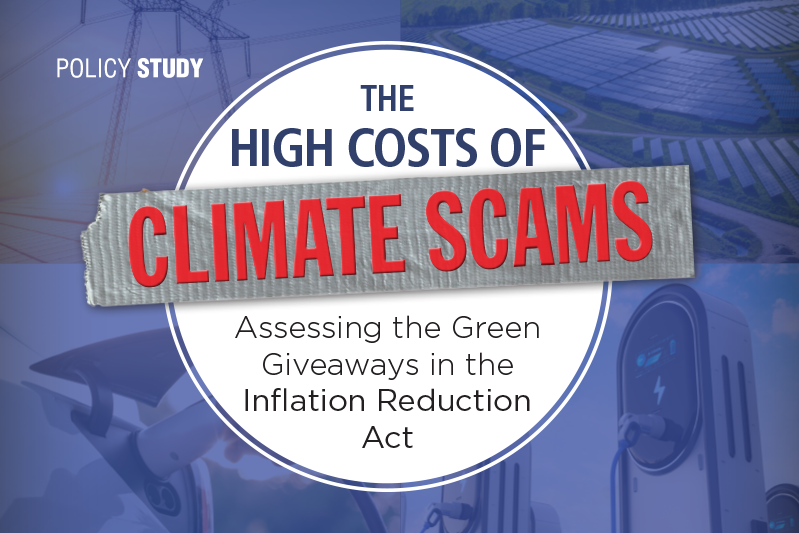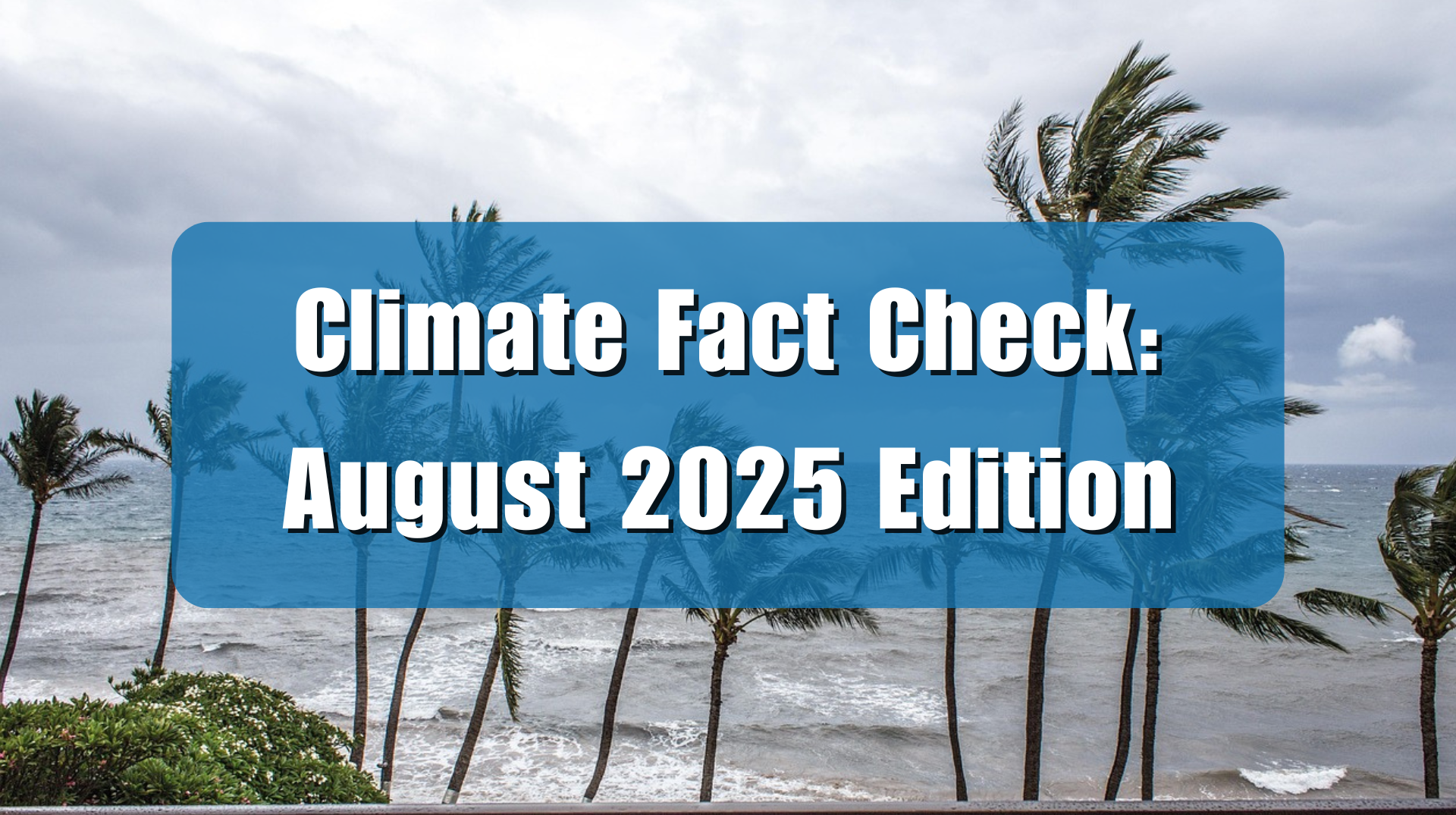The New York Times is attempting to stoke climate alarm this week with an article claiming the world’s favorite scent – vanilla – is about to disappear because climate change is eradicating vanilla plants. In reality, objective data show vanilla production has doubled since the year 2000 and the current market is saturated with oversupply.
The Times article, “This Is How the World’s Favorite Scent Disappears,” notes vanilla is the world’s favorite scent and is used in a wide variety of perfumes and other products. Citing anecdotal events like a cyclone that hit Madagascar several years ago during its annual cyclone season, the Times claims supersized cyclones are putting vanilla on the verge of extinction.
Interestingly, although the Times published its article just yesterday, the best anecdotal “evidence” for the asserted vanilla extinction was a cyclone that his Madagascar way back in 2017 during its cyclone season. According to the Times, Madagascar produces 80 percent of the world’s vanilla – actually, it produces significantly less than 80 percent – and “As a result [of the 2017 cyclone], the price of vanilla bean pods surged to nearly $300 a pound. The increasingly erratic weather, along with pressure to cut the forests that harbor the orchids, is particularly worrisome for farmers….”
So, why does the Times provide just anecdotal ‘evidence’ of climate change ravaging vanilla crops, and why does the Times have to go all the way back to 2017 to find any such anecdotal evidence? The answer is because objective facts expose the Times’ claim as false.
The United Nations Food and Agriculture Organization provides detailed information on global crop production, including vanilla. According to the UN data, global vanilla production has doubled from 3.9 million kg of vanilla in 2000 to 7.7 million kg in 2022.
There is so much vanilla being produced that farmers are complaining about low vanilla prices caused by overproduction.
“The 2023 vanilla crop is expected to be one of the best harvests in the last two decades, forecasted at 2500 tons with exceptionally high quality,” observes the Nielsen-Massey 2023 Crop Report.
The Crop Report observes that recent strong production has created market oversupply. “The oversupply has led to aggressive price reductions, posing economic challenges for vanilla farmers as they sell their 2022 crop at low prices to meet their daily living needs,” the Crop Report adds.
Wow, talk about the New York Times getting the story completely backwards and wrong!
The New York Times points to a cyclone that hit Madagascar seven years ago during its cyclone season and caused a very short-term spike in vanilla prices. That is its sole “evidence” of climate change making vanilla go extinct. In reality, vanilla production is so strong that the market is saturated with vanilla, with such market saturation making farmers complain about low prices.
The New York Times and other “mainstream” media outlets have a long history of identifying popular foods, beverages, and luxury items that climate change is allegedly destroying. As is the case with all other such items that have come to Climate Realism’s attention, vanilla is becoming more abundant rather than less abundant as the planet modestly warms.






















